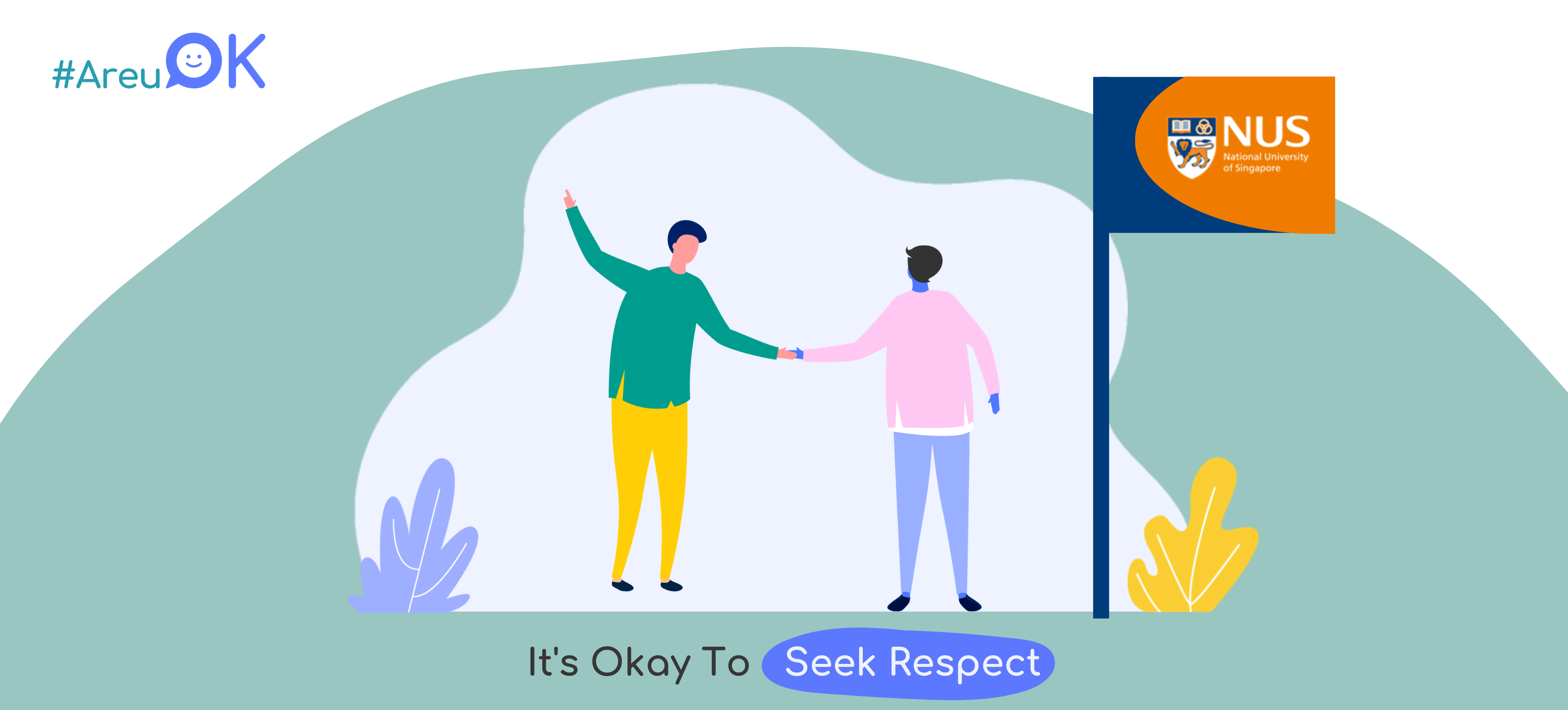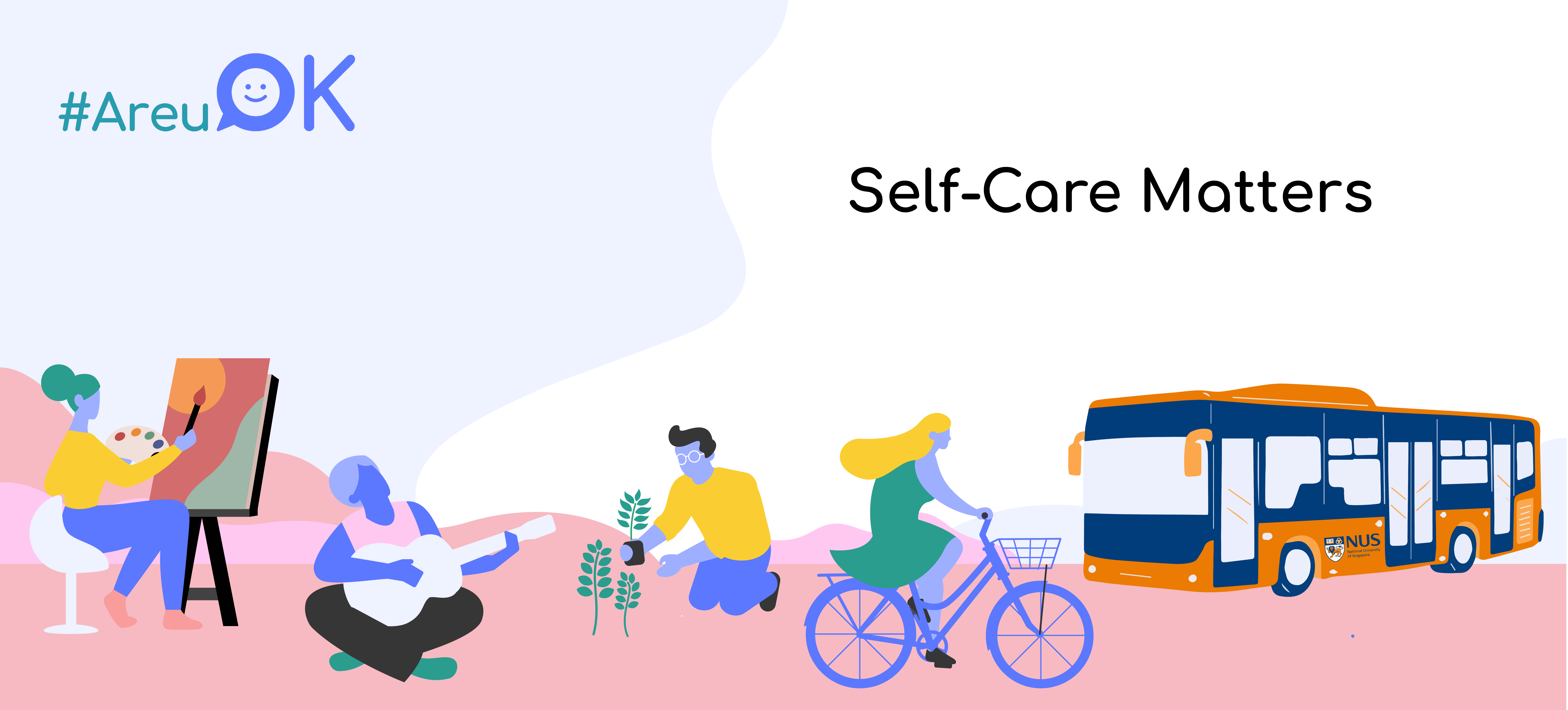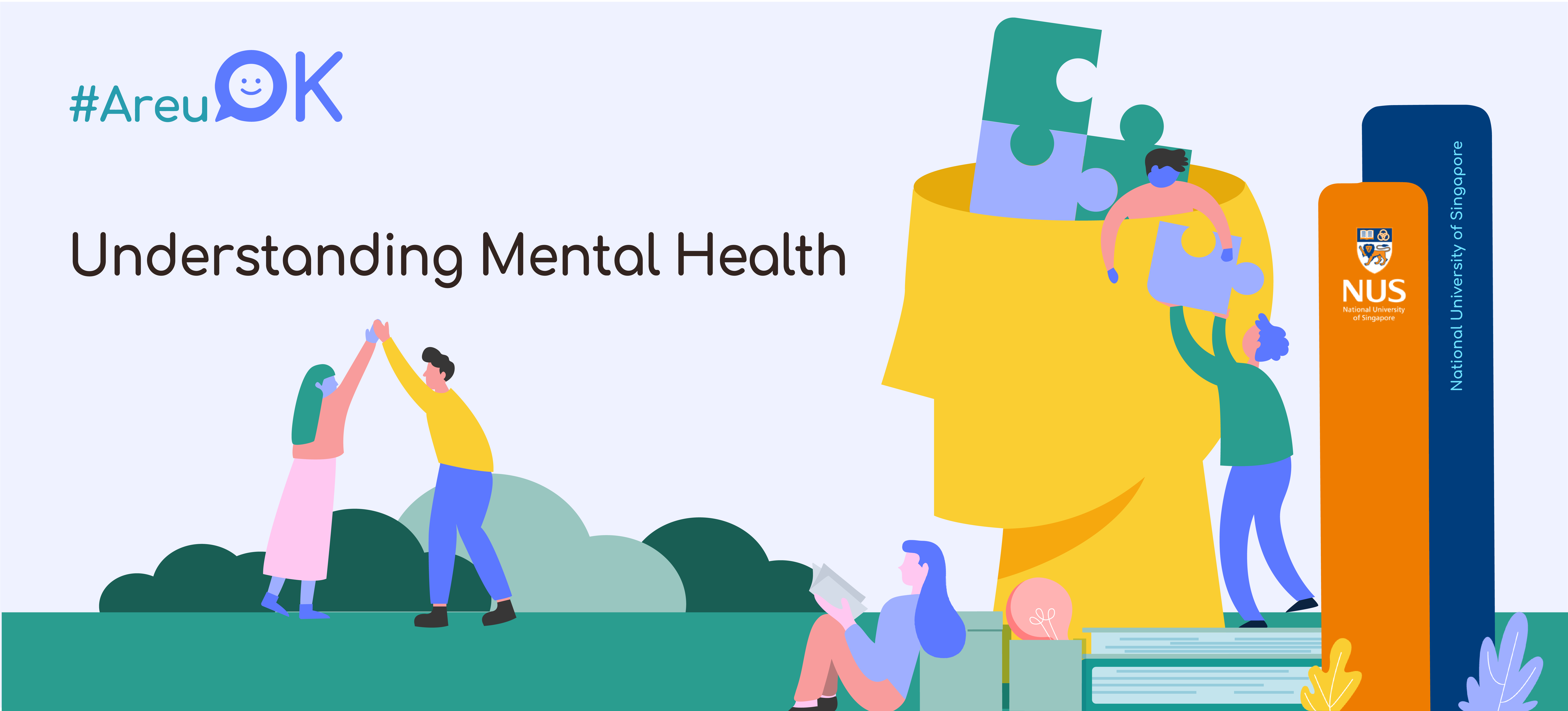

In focus group discussion conducted by the Mental Wellbeing Taskforce last year, we found that managers were not ready to hold conversations about mental health.
Scroll down to learn about the tools and resources to hold these conversations and support each other.

Respect is a requisite for a healthy, professional workplace, where employees feel valued performing work that is meaningful to their organization.
When there is a lack of respect, our conversations and interactions become about defending pride and self-esteem. While we seek respect from others, let’s also demonstrate respect ourselves:
- Listen before speaking. Before expressing your viewpoint, listen to what others have to say. Never speak over or interrupt another person.
- Be emotionally empathetic. You can never know exactly what's going on in someone else's life - so remind yourself to not be judgmental or impersonal when you speak to another person.
- Be respectful of other people’s language, culture, gender, race and religion.
- Value others’ opinions. Always make sure to value others’ opinions, encourage expression, consider their viewpoints and collaborate as the different viewpoints opens up new ideas and possibilities that are unhindered by our own preferences.
References
- Crucial Conversations Training: Summary of Techniques. Retrieved from: https://virtualspeech.com/blog/crucial-conversations
- How to Demonstrate Respect in the Workplace. Retrieved from: https://www.thebalancecareers.com/how-to-demonstrate-respect-in-the-workplace-1919376
The University provides a Whistleblowing channel for the reporting of actual or suspected wrongdoings committed by any University staff member for investigation and corrective action as well as assurance that the whistleblower will be protected from reprisals for whistleblowing in good faith.
For Whistleblowing of University faculty and staff members for irregularities and non-compliance, please call +65 6516 6209 or email whistleblow@nus.edu.sg
Resources: Empathy & Respect
Guide to Healthy Relationships
Relationships – be it with friends or a romantic partner – are part and parcel of university life and have the potential to enrich it. It’s okay to have disagreements in a relationship, but this is not an excuse for violence or abuse.
While everyone has their own ideas of what a good relationship looks like, there are some common things that defines a relationship as “healthy”.
Here are some tips on how to foster a health relationship.
Love Is...
Caring
Trusting
Accepting
Supportive
Respecting Boundaries
Love Is Not...
Controlling
Abusive
Untruthful
Possessive
Physically Violent
Empathy Checklist
Here are four selected questions from the Interpersonal Reactivity Index (IRI; Davis, 1980, 1983) that are commonly used to measure empathy.
Reflect on these four statements to have a better understanding of your personal level of empathy.

When I see someone being taken advantage of, I feel kind of protective toward them.
I try to look at everybody's side of a disagreement before I make a decision.
I'm often quite touched by the things that I see happen.
When I'm upset at someone, I usually try to "put myself in his shoes" for a while.
References
Davis, M. H. (1980). A multidimensional approach to individual differences in empathy. JSAS Catalog of Selected Documents in Psychology, 10, 85.
Davis, M. H. (1983). Measuring individual differences in empathy: Evidence for a multidimensional approach. Journal of Personality and Social Psychology, 44, 113–126.
LinkedIn Learning & Featured Article
As an employee of NUS, you can enrol yourself in 3 digital learning platforms, including LinkedIn Learning.
To access LinkedIn Learning Courses, please apply for an account:
- Go to the staff portal HR and Benefits section; or click on LinkedIn to apply for the account.
- An invitation email to activate the account will be sent to you in the following month.
- Once the emails arrive, follow the instructions to activate the account.









